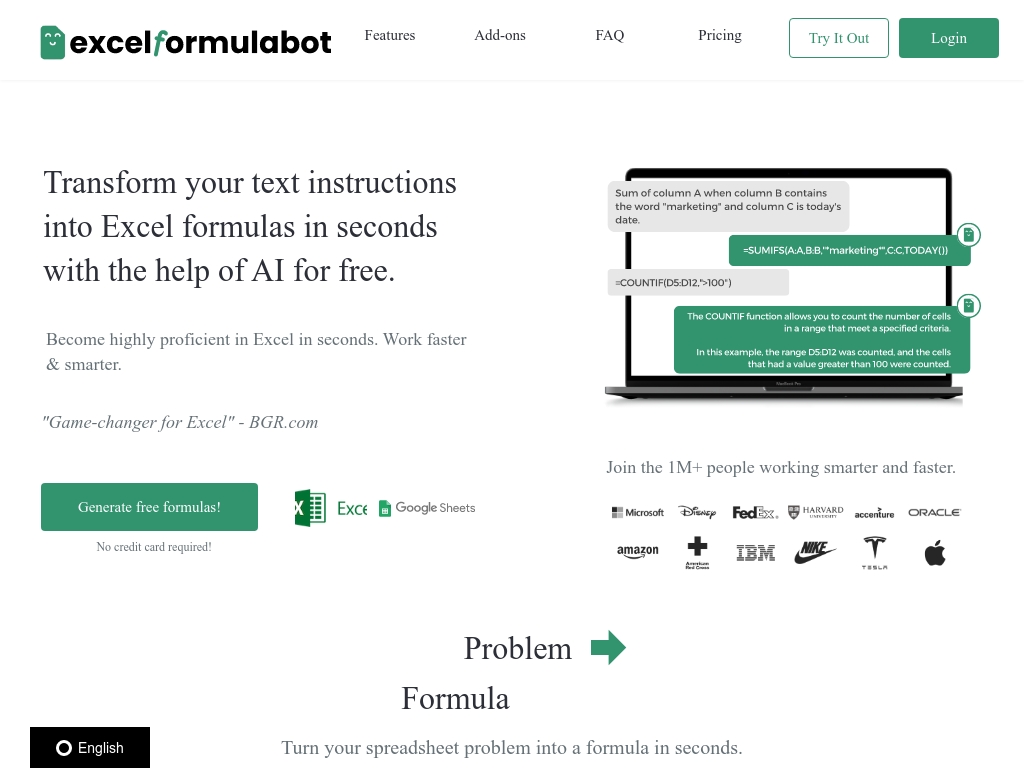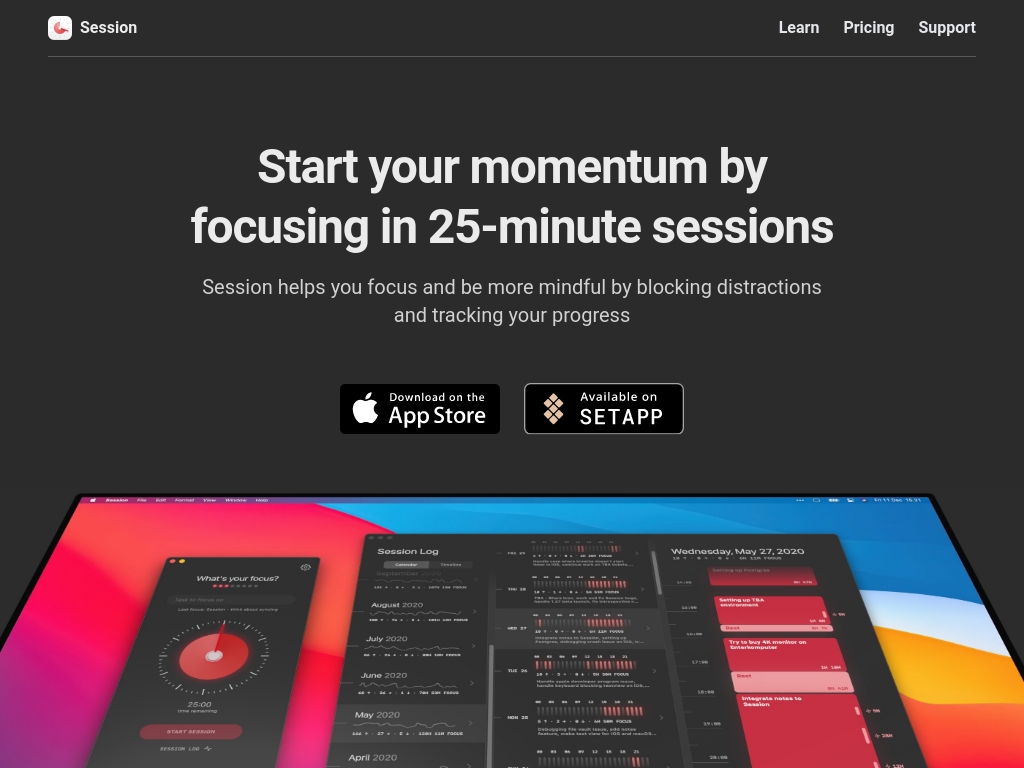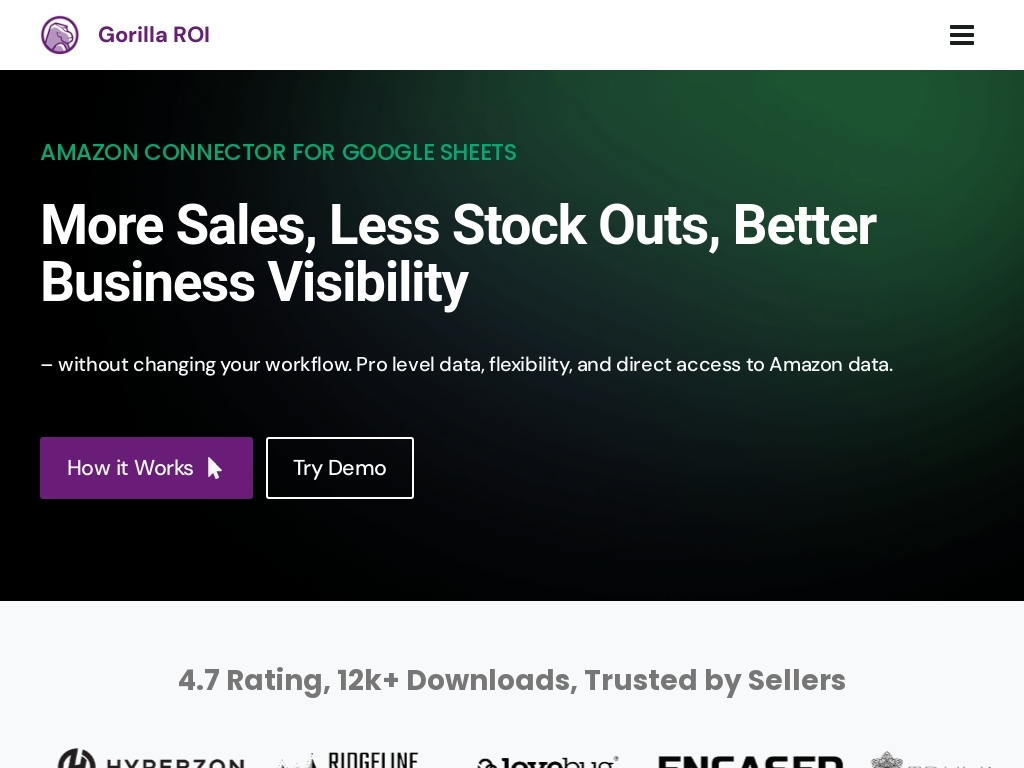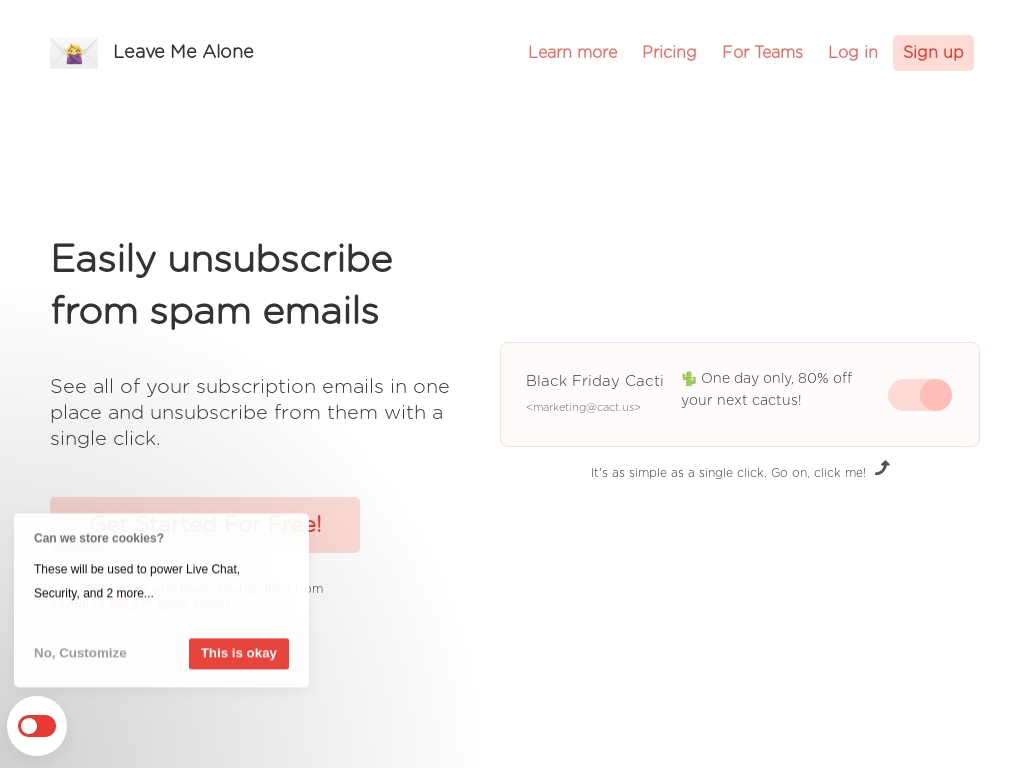
How Leo Mehlig Grew a Planner App to 2.5M Downloads
Who is Leo Mehlig?
Leo Mehlig, founder of Structured, is a Berlin-based indie developer originally from southern Germany. He studied computer science in Berlin and previously worked as a product manager at a mobile app startup, which greatly influenced his design and user experience skills before he became a full-time indie developer.
What problem does Structured solve?
Structured helps people reduce the overwhelm of task management by merging daily to-do lists and calendars into one intuitive, easy-to-use app, perfect for those who crave clarity but struggle with complex planners. This makes it a great business because it provides a simple yet effective tool for organizing chaotic schedules, which is something that many find hard to do on their own.
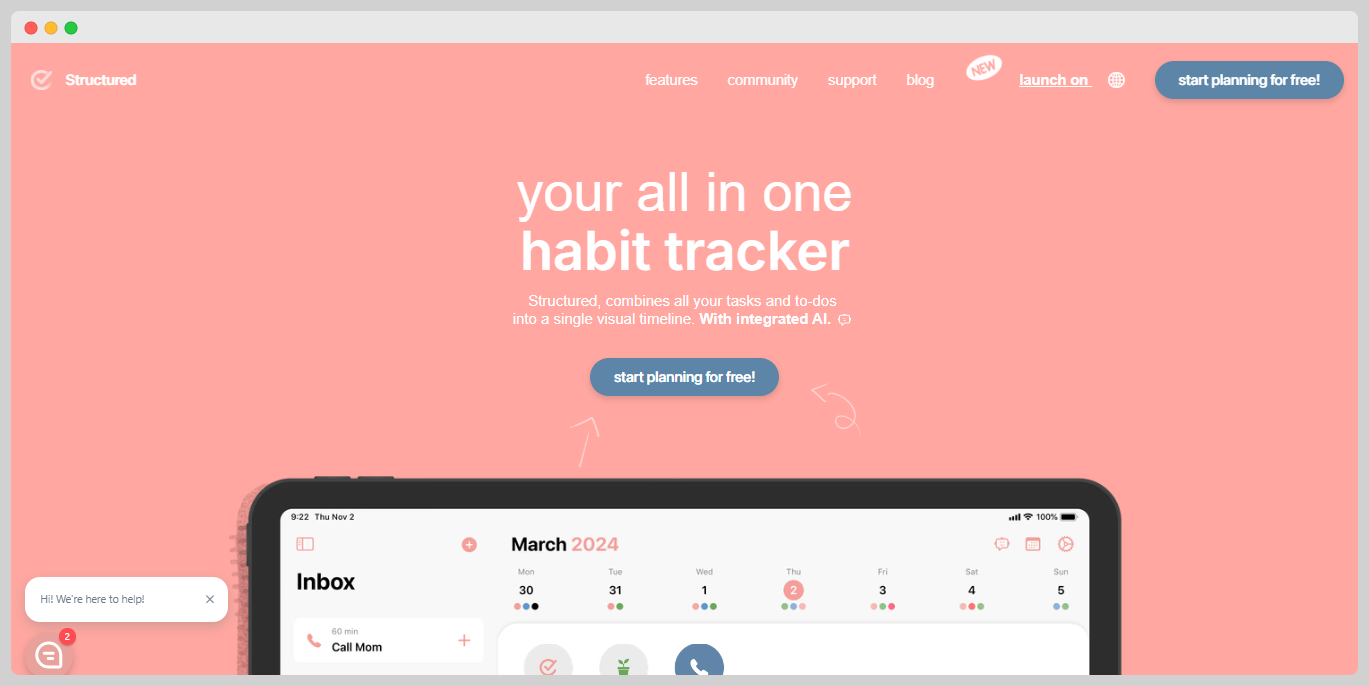
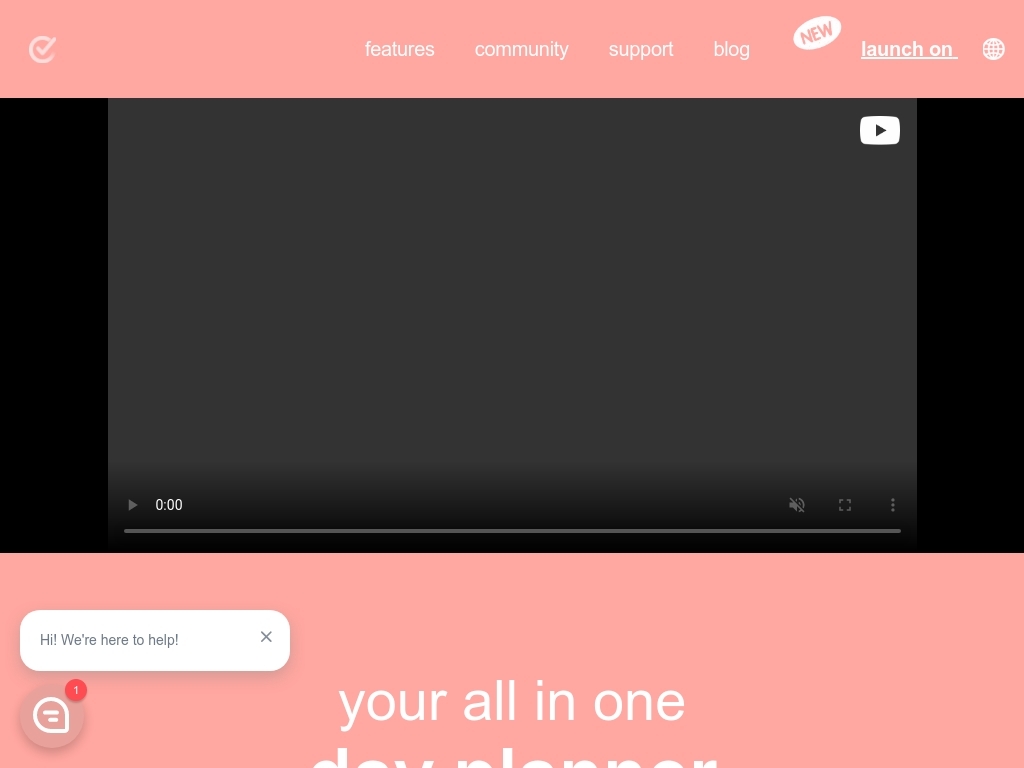
How did Leo come up with the idea for Structured?
Leo Mehlig came up with the idea for Structured after observing his fellow students manually writing and crossing off their study schedules on paper. This inspired him to search for a digital solution that combined the scheduling functionality of a calendar with the satisfaction of marking tasks as done. Realizing there was a gap in the market, Leo decided to develop an app that seamlessly integrates a calendar and a to-do list, which provided a visual representation of daily tasks.
He initially prototyped and refined his concept based on this insight, focusing on simplicity and effectiveness. Throughout the development process, Leo iterated on design and functionality, creating a minimalist timeline interface that was easy to use. Despite the challenges of integrating different features in a coherent way, he persisted, driven by his desire to fill a niche he felt was missing from existing productivity tools.
Leo's key lesson from the journey was the importance of simplicity and focusing on core functionality, without cluttering the app with unnecessary features. Engaging with user feedback helped him further refine the app to meet the needs of diverse users, confirming that his passion for creating intuitive tools was shared by a broader audience.
How did Leo Mehlig build the initial version of Structured?
Leo Mehlig built the initial version of Structured by employing a straightforward and iterative development process. He began by designing a rough layout in Figma to quickly visualize and iterate on the app’s interface, before transitioning to SwiftUI for implementation. The development focused on iOS first, leveraging Apple’s ecosystem, which required iOS 15.0+, iPadOS 15.0+, macOS 12.0+, and watchOS 8.0+ compatibility. Mehlig faced challenges such as perfecting the gradient timeline UI and syncing functionalities, which demanded numerous iterations, especially due to performance concerns. The initial version of the app, built over four months, was released with essential features, allowing for rapid user feedback and subsequent feature enhancements.
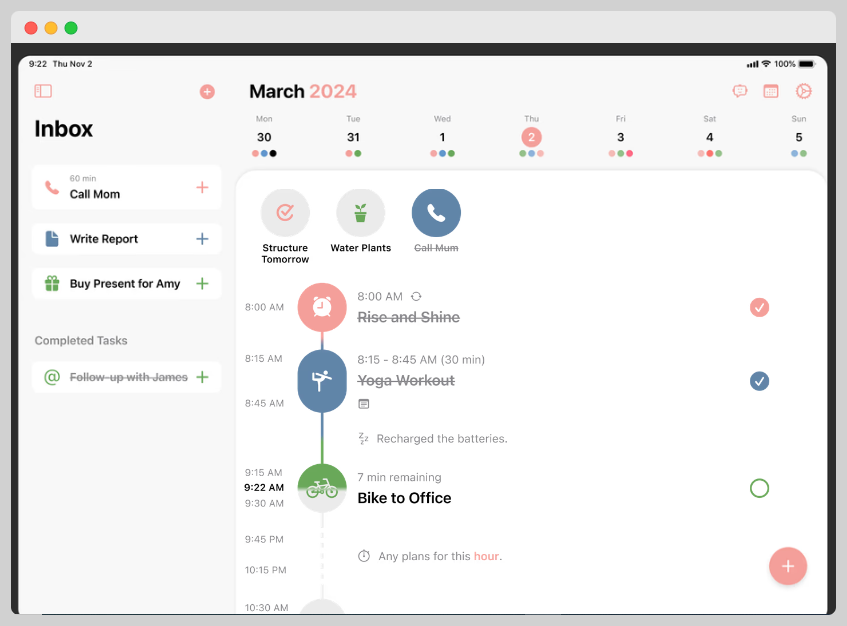
How did Leo launch Structured and get initial traction?
App Store Optimization (ASO)
Structured gained significant initial traction through App Store search rankings. From the onset, Structured was ranked quite well for relevant keywords, allowing it to be discovered easily by people searching for similar apps.
Why it worked: The App Store is a bustling marketplace, and being highly ranked for keywords like "day planner" meant that Structured could tap into the organic search traffic without heavy marketing costs. This early visibility helped boost downloads and drew interest from Apple, leading to several features on the App Store.
Social Media and Word of Mouth
Although not initially active on social media, Structured benefited from a community-driven marketing approach. As users discovered the app and found it useful, they naturally shared it with friends and across platforms, including Twitter and TikTok.
Why it worked: The effectiveness of this strategy lay in the app's functionality and ease of use, which resonated with users. The genuine value provided encouraged organic sharing, supplemented occasionally by shout-outs on social media, which broadened the app’s reach without necessitating a large marketing budget.
Early Community Engagement
Structured nurtured an early adopter community by engaging directly with users. The founder offered scholarships for the Pro version to those who couldn't afford it, encouraging happy users to leave positive reviews. Additionally, support channels were streamlined to improve user interaction and resolve issues quickly.
Why it worked: This personalized approach helped build a loyal user base and fostered a sense of community. The positive reviews driven by these efforts likely contributed to better App Store visibility and further downloads, as satisfied users were more likely to recommend the app to others.
What was the growth strategy for Structured and how did they scale?
App Store Search
Structured has effectively leveraged the App Store as a key growth channel, with a significant portion of downloads coming from search results. The app ranked highly for terms like "day planner," helping drive organic traffic.
Why it worked: Capitalizing on relevant keywords allowed Structured to appear prominently when users searched for productivity apps. This visibility, coupled with the app's functionality, led to steady download growth, especially as users looked for simple and effective day-planning tools.
Social Media and Community Engagement
Though not very active initially, Structured's presence on social media platforms like Twitter and TikTok has gradually increased, which contributed to more user engagement and visibility.
Why it worked: Taking over by a friend who managed social media accounts increased engagement. Occasional shoutouts and features, like on Instagram, boosted its public profile. The community Slack channel also helped gather user feedback and build a dedicated user base which organically spread word-of-mouth recommendations.
Influencer and PR Features
Structured gained attention through influencer marketing and PR, with notable features on blogs and podcasts.
Why it worked: Features on popular developer-focused newsletters and interviews helped reach target audiences effectively. These platforms connected Structured with communities that value personal testimonials and expert recommendations, increasing trust and interest in the app.
Reviews and Ratings
Structured focused on converting users into advocates by encouraging reviews and ratings. Strategies included offering scholarships or discounts in exchange for feedback.
Why it worked: Prompting for reviews at optimal times and offering a supportive path for users who couldn't afford the full app helped accumulate over 100K 5-star ratings, enhancing its credibility and attractiveness in the App Store search results.
What's the pricing strategy for Structured?
Structured offers a free-to-download visual to-do and calendar app with premium features like calendar import and recurring tasks available for a $3 monthly subscription or a $ 33 lifetime access.

What were the biggest lessons learned from building Structured?
- Iterate and Improve: Structured began as a simple app and continually evolved through user feedback and feature enhancements, showing the importance of iterating based on real-world use.
- Adapt Business Models Gradually: The app transitioned from free to offering a tip jar, then a one-time purchase, and finally subscriptions, demonstrating how to successfully adapt monetization strategies over time.
- Leverage Organic Growth: Success was largely due to effective App Store search placement without relying on paid ads, exemplifying the power of organic growth. 4. Be Open to Feedback: Engaging with users through genuine communication, including offering scholarships for those unable to pay, fostered a loyal user base and positive reviews.
- Scale Responsibly: As demand grew, Structured expanded its team strategically, starting with customer support and QA, emphasizing the value of careful scaling in response to growth.
Discover Similar Business Ideas Like Structured
|
|
Idea
|
Revenue
|
|---|---|---|
|
Excelformulabot
|
AI tool turning text instructions into Excel formulas.
|
$23K
monthly
|
|
Outline Planner
|
iPad digital planner for organized productivity.
|
$3K
monthly
|
|
Session
|
Focus-enhancement app blocking digital distractions.
|
$8.33K
monthly
|
|
Parseur
|
Subscription service for automating email and document data extraction.
|
$40K
monthly
|
|
Gorilla ROI
|
Google Sheets add-on for Amazon sellers.
|
$23K
monthly
|
|
Leave Me Alone
|
"Tool to easily unsubscribe from unwanted emails."
|
$10K
monthly
|
|
The Word Counter
|
"Free online tool for word counting and writing aid."
|
$20K
monthly
|
More about Structured:
Who is the owner of Structured?
Leo Mehlig is the founder of Structured.
When did Leo Mehlig start Structured?
2020
What is Leo Mehlig's net worth?
Leo Mehlig's business makes an average of $/month.
How much money has Leo Mehlig made from Structured?
Leo Mehlig started the business in 2020, and currently makes an average of .
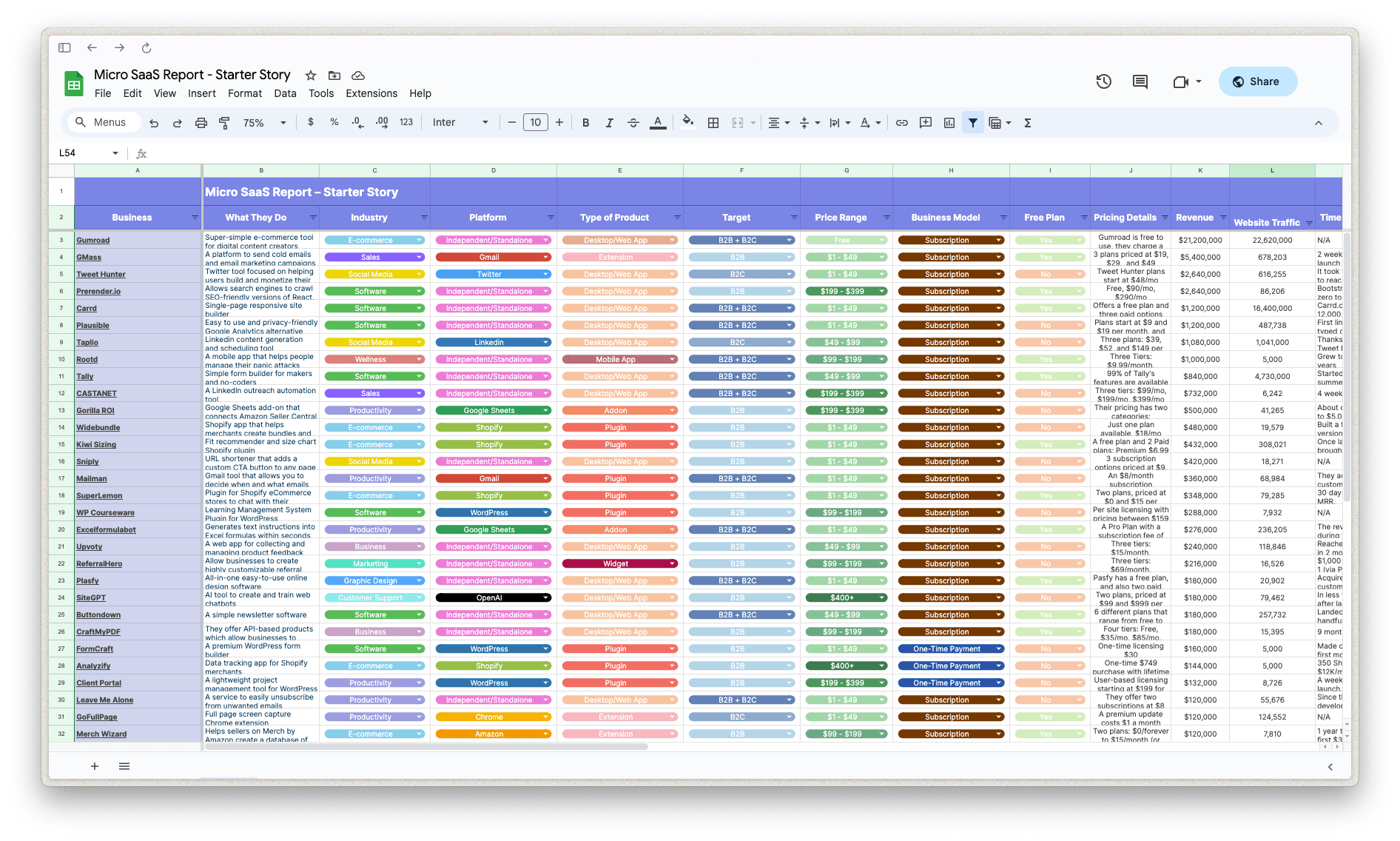
Download the report and join our email newsletter packed with business ideas and money-making opportunities, backed by real-life case studies.

Download the report and join our email newsletter packed with business ideas and money-making opportunities, backed by real-life case studies.

Download the report and join our email newsletter packed with business ideas and money-making opportunities, backed by real-life case studies.

Download the report and join our email newsletter packed with business ideas and money-making opportunities, backed by real-life case studies.

Download the report and join our email newsletter packed with business ideas and money-making opportunities, backed by real-life case studies.

Download the report and join our email newsletter packed with business ideas and money-making opportunities, backed by real-life case studies.

Download the report and join our email newsletter packed with business ideas and money-making opportunities, backed by real-life case studies.

Download the report and join our email newsletter packed with business ideas and money-making opportunities, backed by real-life case studies.
